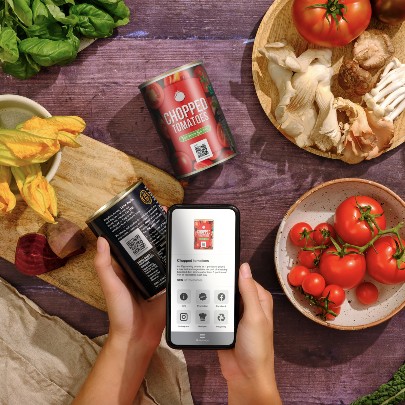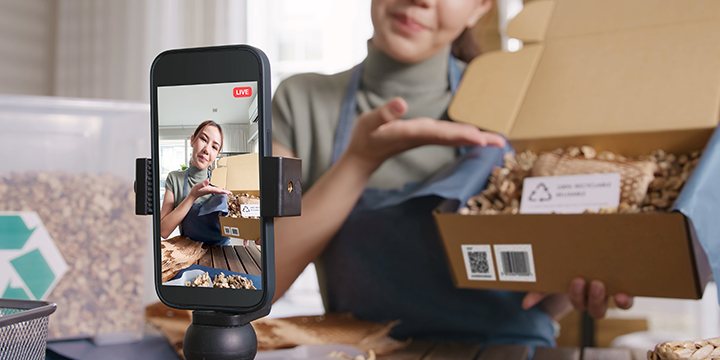April 25, 2024 Industry news
Roughly 20 per cent of the UK population suffers from food intolerances and over 2 million suffer from food allergies.
Despite the serious risk allergens present to many, and the introduction of Natasha’s Law in 2021, consistent, easy access to trusted allergen information is still lacking with many consumers grappling with confusing, difficult to read labelling and ambiguous “may contain” warnings.
To make matters worse, research we conducted just prior to the introduction of Natasha’s Law found that, while a fifth of UK consumers believe they have a food allergy, one in six were completely unable to identify any allergens within common food groups. Only 43 per cent of those surveyed correctly identified tree nuts as an allergen in pesto, whilst just 48 per cent knew tofu was made from soybeans and nearly a third did not know milk was the allergen in yoghurt.
It is clear that consumers need better access to detailed product information if they are to be kept informed and protected. With that in mind, we recently conducted further allergen research to highlight the scale of the allergen labelling challenge and the potential solution offered by QR codes powered by GS1.
This involved conducting nationally representative research to assess the awareness, attitudes and product data preferences of allergy sufferers across the UK. The results revealed the uncertainty and anxiety many UK allergy sufferers endure as a result of inaccurate labelling, ambiguous phrases such as ‘may contain nuts’, and a worrying lack of consistency.
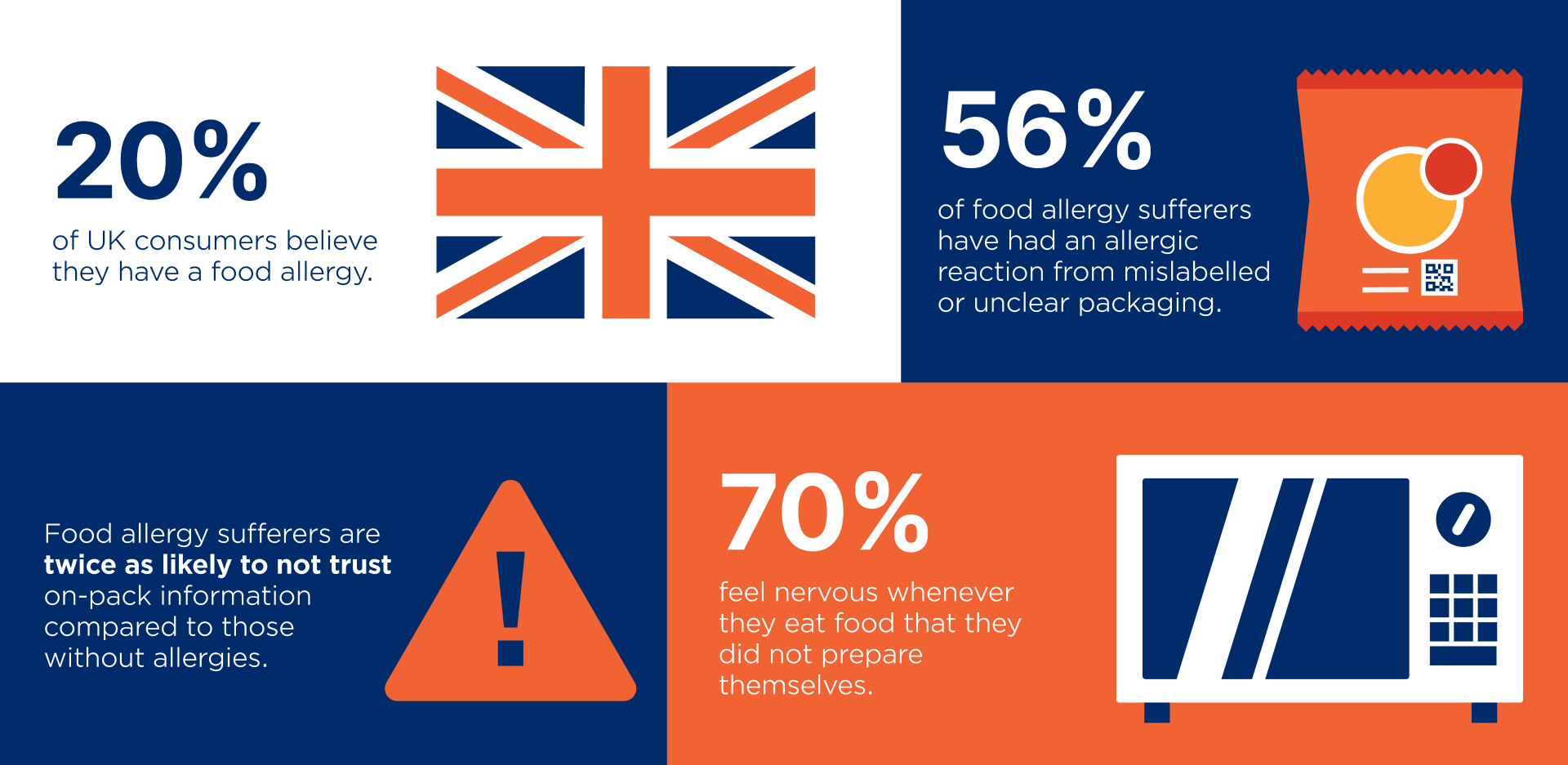
More clarity needed
Inadequate, unclear allergen labelling on product packaging is putting consumers at risk. With the number of hospital admissions for life-threatening allergies more than double in England between 2022 and 2023 and allergies becoming more common among children (one in twelve UK children now have a food allergy) it is clear something to be done.
Allergen information not only needs to be made more accessible for consumers, it also needs to be more comprehensive and far less ambiguous. Many brands are still using precautionary allergen labels (PAL) such as ‘may contain’ and ‘free from’.
While these types of labels can give allergy sufferers a good indication of what is safe for them to eat and what they need to avoid, they are far from perfect. While it is true that “free from” products must be free from their specified allergen, labelling something as free from does not mean it is free from all allergens. It is The same story is true for all PAL, with there is no clear definition of ‘may contain’ amongst manufacturers, a fact that with 80 per cent of those we surveyed were unaware of.
In fact, our research revealed that the majority of UK consumers were completely unaware of how ambiguous PAL could be…
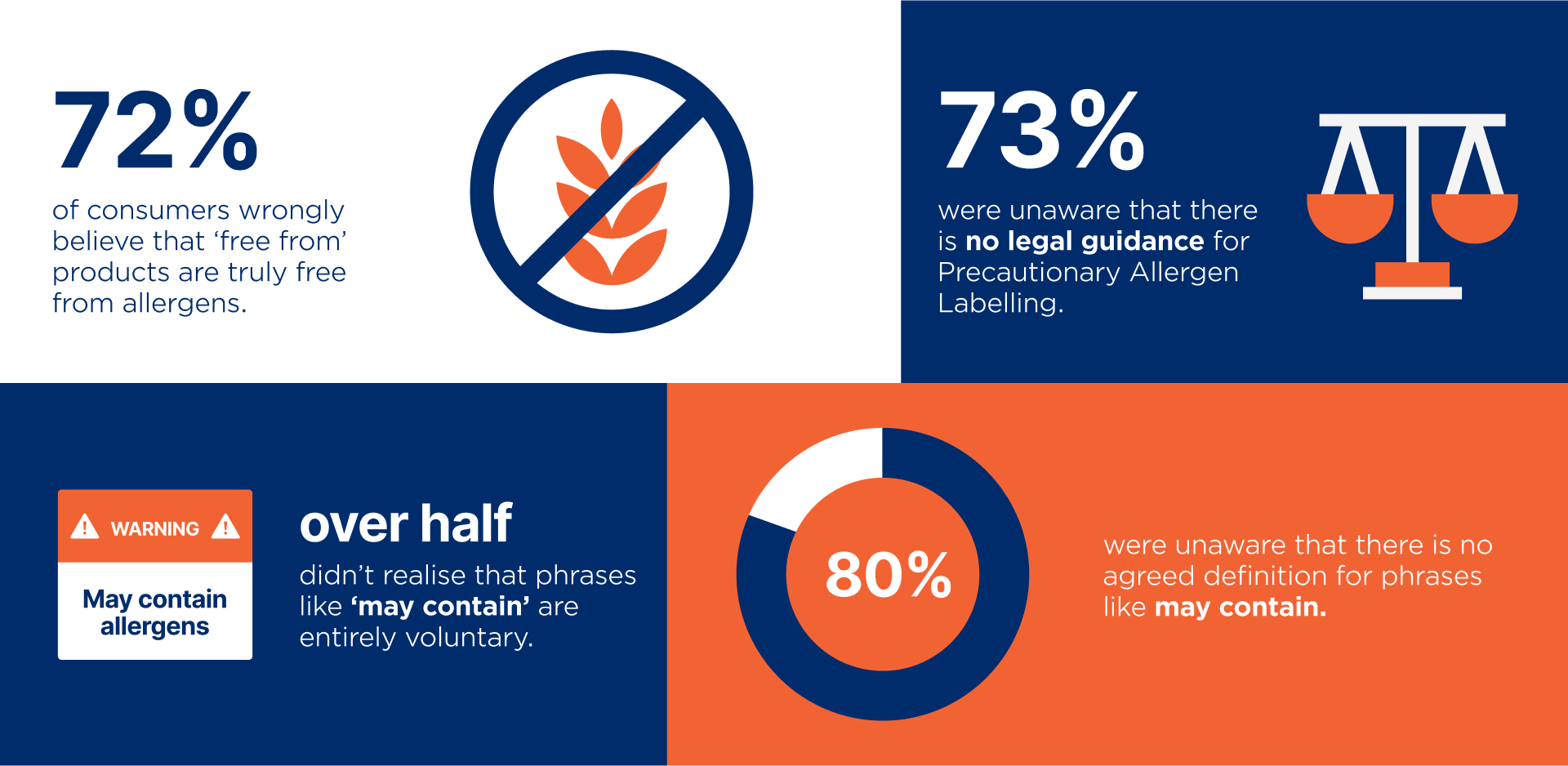
The demand for trusted data
While there will always be a need for allergen information on-pack, consumers need to be kept better informed. They need more information, better ways of accessing it and brands to provide greater clarity on what phrases like ‘may contain nuts’ actually mean.
For example, was the item made on a production line with nuts or was it made in a separate part of the factory which reduces the risk of contamination? Details like this could save lives – and will no doubt alleviate huge anxiety for people with food allergies and their families.
Thankfully, the next generation of on-pack labelling could offer the perfect solution. QR codes powered by GS1 not only enable consumers to access product information in more detail and with greater ease then ever before, they also meet the growing consumer preference for accessing trusted product data with their smartphones.
This has also been demonstrated by our research, with…
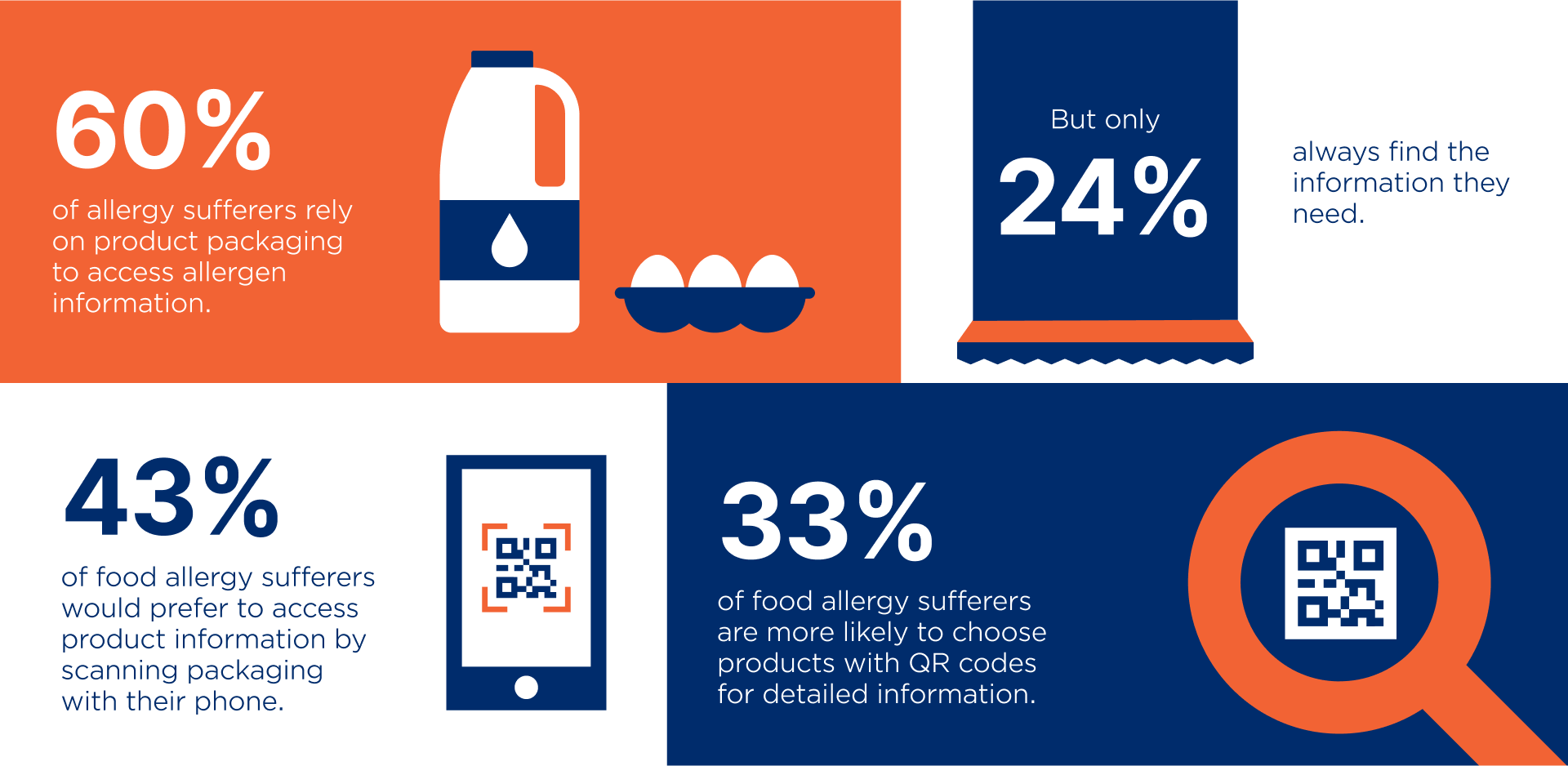
QR codes powered by GS1
GS1 UK board member and CEO of Creative Nature Superfoods, Julianne Ponan MBE, sums this up perfectly. Julianne is a sufferer anaphylaxis to all peanuts, tree nuts, sesame seeds and certain additives, so for her and many others, unclear food labelling can be a matter of life and death.
She said: “the adoption of QR codes powered by GS1 on food packaging has the potential to revolutionise the much-needed transparency, particularly for individuals like myself with allergies. This innovation enables brands to offer unprecedented clarity regarding statements such as ‘may contain nuts, egg, milk’."
As well as allowing brands to tell the full story to offer more transparency to the customer. “Such detailed information isn't merely informative; it's lifesaving. It promises to not only save lives but also to provide immense relief to allergy sufferers and their loved ones, easing the burden of anxiety that often accompanies mealtime decisions.”
